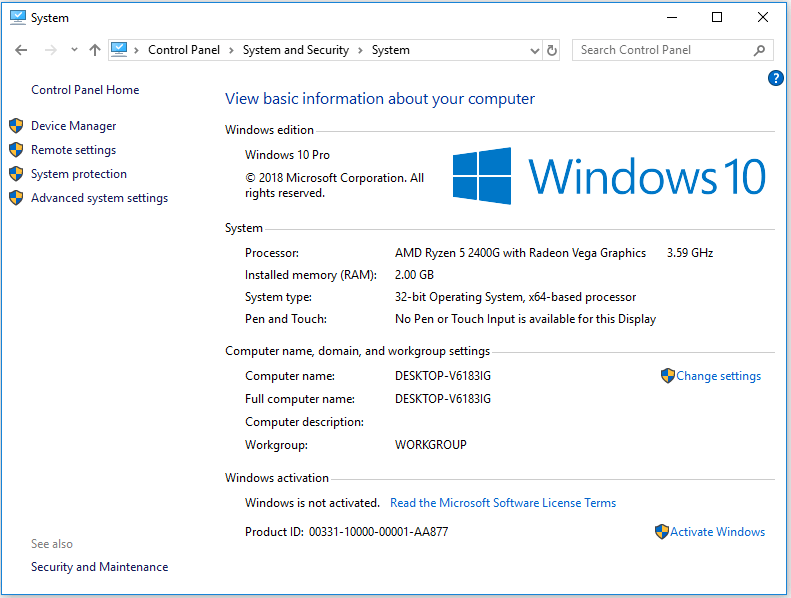
Have you been having headaches finding out the specs of your Windows 10 computer? Get to know five ways to find out in this guide.
On Windows 10, the ability to determine the technical specifications of your computer can come in handy in many situations. It can be helpful to determine whether the device meets the requirements to install an application or upgrade to a new version. If the desktop or laptop isn’t working, the specs can help troubleshoot the problem. Or, when you notice the computer slowing down over time, you can check the hardware specifications to confirm whether you have to upgrade a component or it’s time to get a new machine.
Whatever the reason it might be, Windows 10 has many ways to check the device specs (such as CPU, RAM, motherboard, video card, Basic Input/Output System (BIOS) or Unified Extensible Firmware Interface (UEFI), device model number, drivers, updates details, and Windows version), using desktop utilities or command tools. The only caveat is that the properties available could be slightly different depending on the method.
In this guide, we will walk you through the steps to check your device’s complete hardware and software specifications.
How to find computer hardware specs using Settings
The “About” page includes the basic system specifications, such as processor, memory, and Windows installation details.
To check the computer tech specs with the Settings app, use these steps:
- Open Settings.
- Click on System.
- Click on About.
- Under the Device specifications section, check the processor, system memory (RAM), architecture (32-bit or 64-bit), and pen and touch support.
Under the Windows specifications section, check the software specifications:
- Edition — Shows whether this is a Windows 10 Pro or Windows 10 Home installation.
- Version — Reveals the Windows release currently on the computer, and the version changes every year after a feature update.
- Installed on — States the date when the last feature update was installed.
- OS build — Indicates the build number of the release. The first five numbers represent the version, and anything after the period represents the latest quality update.
- Experience — Reveals the service feature pack version installed on the device.
Once you complete the steps, you will understand the computer’s basic technical specifications.
While on the “About” page, you can also click the Copy button under each section to copy and share the specifications with other people, save for future reference or inventory.
How to find computer specs using System Information
The System Information app on Windows 10 is one of the best options to view a complete overview of the computer’s technical specifications.
To view all the hardware specs of the computer, use these steps:
- Open Start.
- Search for msinfo32 and click the top result to open the System Information app.
- Select the System Summary category from the left navigation pane.
- Confirm the computer specs on the right side, including system model and type, processor brand and model, UEFI (or legacy BIOS) version and other details, system memory capacity, motherboard brand and model, and virtualization support.
- (Optional) Expand the Components branch.
- Click on Display to view the graphics card technical information.
After you complete the steps, you will have a detailed overview of the laptop or desktop specs.
In addition, at the bottom of the page, you will find a search box to find the information you need quickly. The only caveat is that you need to be exact with the queries to get the information you want.
Create hardware specs report
System Information also has an option to create a report with the hardware and software specifications, which you can save for future reference, inventory, or share with technical support.
To create a report with the system specifications on Windows 10, use these steps:
- Open Start.
- Search for msinfo32 and click the top result to open the System Information app.
- Select the specifications to export from the left navigation pane.Quick tip: Selecting System Summary will export everything. However, if you only need to export the graphics card details, you only need to select the Display item.
- Click on the File menu.
- Click the Export option.
- Select the folder to export the file.
- Confirm a descriptive name for the report — for example, “Windows 10 Hardware Specifications”.
- Click the Save button.
- Open File Explorer.
- Open the folder containing the exported information.
- Right-click the text file and select the open option to view the exported system information.
After you complete the steps, the specifications will export into a text file, which you can then open with any text editor.

